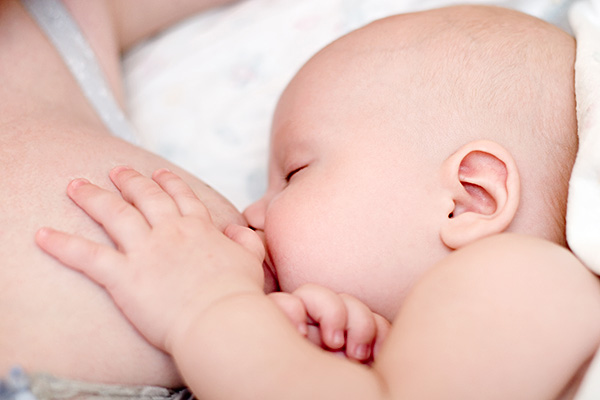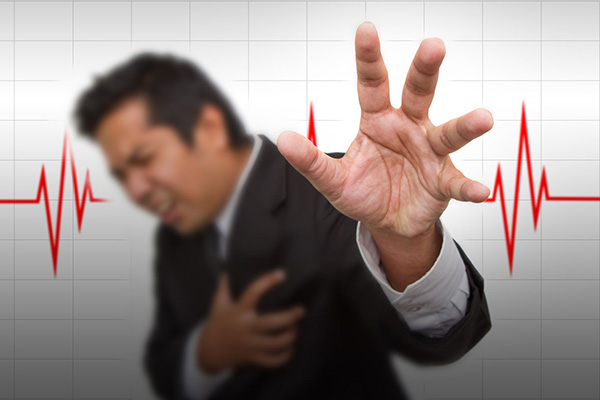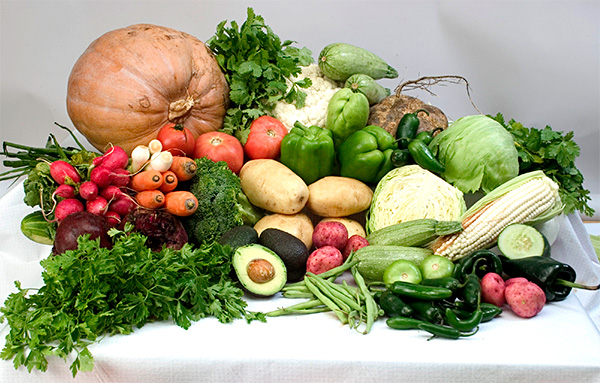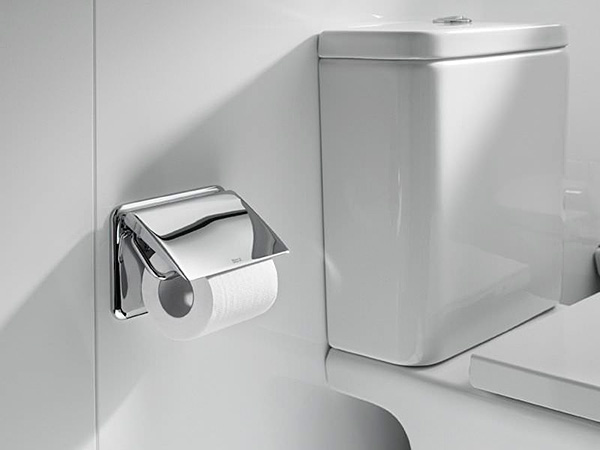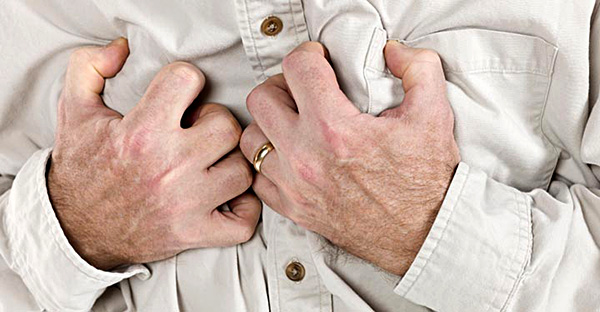Proper Nutrition for Children
A correct diet is one that provides an adequate amount of nutrients, in moderate proportions, perfectly adapted to the development stage of the child. A healthy and adequate diet providing for the body needs is the key to ensuring a smooth growth and development, but also mental, emotional and affective. A balanced diet plays a crucial role in improving quality of life, maintaining good health and increasing the average duration of life.
